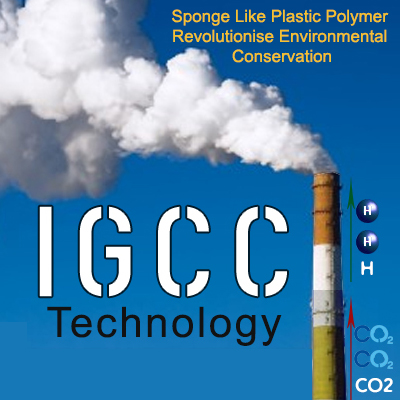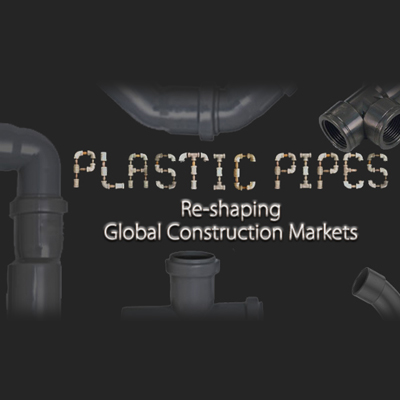Articles
Sponge Like Plastic Polymer Can Revolutionise Environmental Conservation

The University of Liverpool has developed a plastic that is sponge-like. This material soaks up the greenhouse gas carbon dioxide and will also make it easy to arrive at better energy sources from the continuous use of pollutants like fossil fuels.
The sponge-like material is designed so that it can be incorporated into huge power plant smokestacks in the near future. This will be known as ‘integrated gasification combined cycle (IGCC)’ – a technology that will be prevalent soon enough. This mechanism can easily convert fossil fuels into hydrogen gas. Hydrogen produces no pollutants post combustion and this is the same reason why it can be used in fuel-cell cars and in electricity generation.
Chemist, Prof. Andy Cooper led this development and study of such energy saving processes. The material was developed through a method called ‘adsorption’.
“The key point is that this new plastic polymer is stable, cheap, and it adsorbs CO2 extremely well. It’s geared toward function in a real-world environment,” Cooper commented.
“In a future landscape where fuel-cell technology is used, this adsorbent could work towards zero-emission technology.”
IGCC is a connecting technology that hopes to quick-start the hydrogen economy, or specifically the transition to hydrogen fuel while at the same time using the existing fossil-fuel framework and infrastructure. The IGCC method yields a mixture of hydrogen and carbon dioxide gas, that needs to be separated.
Prof. Cooper mentions that the sponge material does work its best when subjected to high pressure significant to the IGCC process.
“Just like a kitchen sponge swells when it takes on water, the adsorbent swells slightly when it soaks up CO2 in the tiny spaces between its molecules.
“When the pressure drops, the adsorbent deflates and releases the CO2, which can be collected for storage or, possibly, converted into useful carbon compounds.”
The sponge-like material is brown and is basically a sand-like powder that is clustered together by carbon-based molecules into a network.This was inspired by polystyrene, that can absorb minute amounts of carbon dioxide by a similar swelling action.
Such polymers are quite stable and this is one advantage that keeps it ahead. The material can withstand a boil in acid which means thereby that it can also be used in power plants with harsh conditions especially where carbon dioxide adsorbents are required.
A second advantage of the material is that it can readily absorb carbon dioxide without water vapour intake that can clog up other materials and render them less effective. It is definitely cost effective to make this spongy polymer attractive.
“Compared to many other adsorbents, they’re relatively cheap,” Professor Cooper said. “Mostly because the carbon molecules used to make them are inexpensive. In principle, they’re also highly reusable and have long lifetimes because they’re robust.”
This study was presented at the 248th National Meeting and Exposition of the American Chemical Society and was funded by the Engineering and Physical Sciences Research Council and E.ON Energy. The project also involved collaborators at the University of Nottingham and Imperial College London.
source:britishplastics.co.uk




